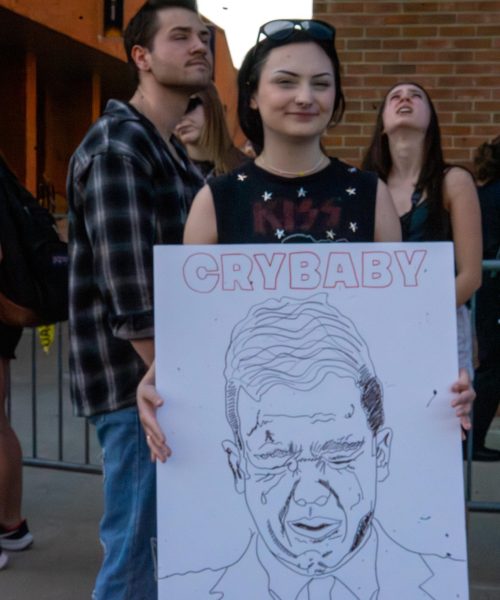Hot tuition secrets revealed
September 14, 2005
A dollar-by-dollar account of where your money is being spent
| The following displays the university’s projected 2006 budget, according to Denise Zelko, director of University Budget and Internal Audit: | |
| Tuition revenue
State aid Instructional expenses Student services Student scholarships Institutional support Plant operation & maintenance |
$133.3 million
$88.6 million $151,176,900 $15,086,300 $14,546,400 $36,648,500 $22,375,500 |
Your tuition money will pay for the new computers in the Bowman Hall computer lab, but it will not cover new uniforms for the football team.
So what exactly does Kent State do with your tuition money?
Student tuition and state contributions are combined into one fund to be doled out over the course of the academic year, said David Creamer, vice president of administration.
Denise Zelko, director of university budget and internal audit, said the university will bring in an estimated $133.3 million in student tuition for 2006. An estimated $88.6 million will come from the state, Zelko said.
Money is divided among several categories, Creamer said. Most of student tuition and state support goes to instructional and faculty teaching costs.
An estimated $151 million will go this year to things like staffing deans’ offices and computer labs, Zelko said.
Institutional support will be allotted about $36 million. These expenses include areas like technology infrastructure, computer labs and university police, Zelko said.
The university has been spending more money on technology, Creamer said. If you look at the university’s history, we have more access now than then, he added.
An estimated $22 million will go to power plant operation and maintenance, Zelko said. Student services like Student Financial Aid, Center for Student Involvement or Student Disability Services will get roughly $15 million, Zelko said.
But why spend money on better computers and more professors?
“Education costs are like buying a low-end versus a high-end car. The more options you add in, the more expensive it becomes,” Creamer said.
The challenge is to lower cost without lowering quality, he said.
“Most people aren’t looking for cheap education,” Creamer said. “They’d like it to be less expensive, but they still want high quality.”
Recent reductions in campus bus routes and university personnel have helped lower university spending; however, Creamer said these solutions are short-term and more funds need to come from state or federal reserves.
Contact business reporter Jessica Dreschel at [email protected].























